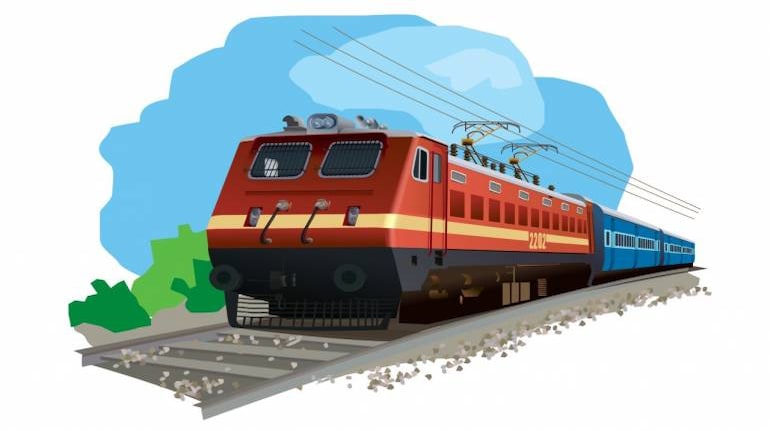



The Indian Railways is now hauling more freight than the cargo it loaded in the pre-COVID-19 levels, but the shadow of the pandemic continues to haunt the passenger movement as Omicron variant rages through the country, said the Economic Survey for 2021-22 tabled in Parliament on Monday.
Freight movement surpasses the pre-COVID-19 level
Indian Railways’ focus on freight movement during the pandemic has resulted in Railways clocking over 18 percent growth in cargo loaded in the first three quarters of the present financial year 2021-22 over the corresponding period of the previous year, points out the Survey.
Tracking the journey of Railways during the pandemic, the Economic Survey says that “in 2021-22 (till December 2021), Indian Railways loaded 1,029.94 million tonnes (MT), which is 18.37 percent higher than 870.08 MT during the same period in 2020- 21”.
Economic Survey 2022 | Here are the key highlights from the survey
The quantum of cargo loaded shows growth over pre-pandemic levels as well. “In fact, Indian Railways recorded almost 16 percent increase in freight loading as compared to the corresponding period during the pre-pandemic year (2019-20), where the freight loading was 888.88 MT,” the Survey added.
Kisan Rail needs to be used more
While moving commodities such as coal, cement, and petroleum products have been the traditional mainstay, Kisan Rail trains were introduced during the pandemic to enable speedy movement of perishables from production or surplus regions to consumption or deficient regions.
Launched on August 7, 2020, Kisan Rail service speedily moves perishables such as fruits, vegetables, meat, poultry, fishery, and dairy products from places of production or surplus to places of consumption or scarcity.
From its launch to mid-January this year, Indian Railways have operated 1,900 Kisan Rail services, transporting approximately 6.23 lakh tons of perishables including fruits and vegetables, says the Survey.
Economic Survey 2022 pegs FY23 GDP growth at 8-8.5%
This involved a transport subsidy of Rs 115 crore till December 15, 2021, against the transportation of about 5.68 lakh tonne of fruits and vegetables. “To ensure remunerative prices to farmers for their crops, it is necessary that their products reach the right market. In this direction, the government has endeavoured to open new avenues of prosperity for the farmers by launching Kisan Rail Seva… This is an example of how new avenues can be created from the existing resources if the thinking is innovative”, said President Ram Nath Kovind, in the Parliament before the survey was tabled there.
“..Kisan Rail need(s) to be exploited further to protect the interests of the farmers as well as the consumers” the survey pointed out.
Passenger traffic continues to reel under virus effects
Railway passenger traffic, on the other hand, is still much below the pre-pandemic levels. During April-November 2021, Indian Railways carried over 185.1 crore domestic passengers. Passengers using railways plunged to 1,250 million in 2020-21 from 8,086 million in 2019-20, according to the Economic Survey. The emergence of the Omicron variant and the consequential travel restrictions pose a threat to domestic passenger traffic in the near term.
Despite pandemic, Railways' modernisation plan afoot
Despite the pandemic, the government is not going backfoot on its modernisation plan of Railways, indicated the survey. The government is modernising the Indian Railways at a fast pace with the new Vande Bharat trains and new Vistadome coaches adding to the Indian Railways, stated Kovind in Parliament.
Referring to the new metro rail routes, Kovind said India is now also among the four countries in the world having the largest driverless train networks. “We have also developed Indigenous Automatic Train System in the country which symbolises the growing capability of Make in India,” the President said.
Discover the latest Business News, Sensex, and Nifty updates. Obtain Personal Finance insights, tax queries, and expert opinions on Moneycontrol or download the Moneycontrol App to stay updated!
Find the best of Al News in one place, specially curated for you every weekend.
Stay on top of the latest tech trends and biggest startup news.